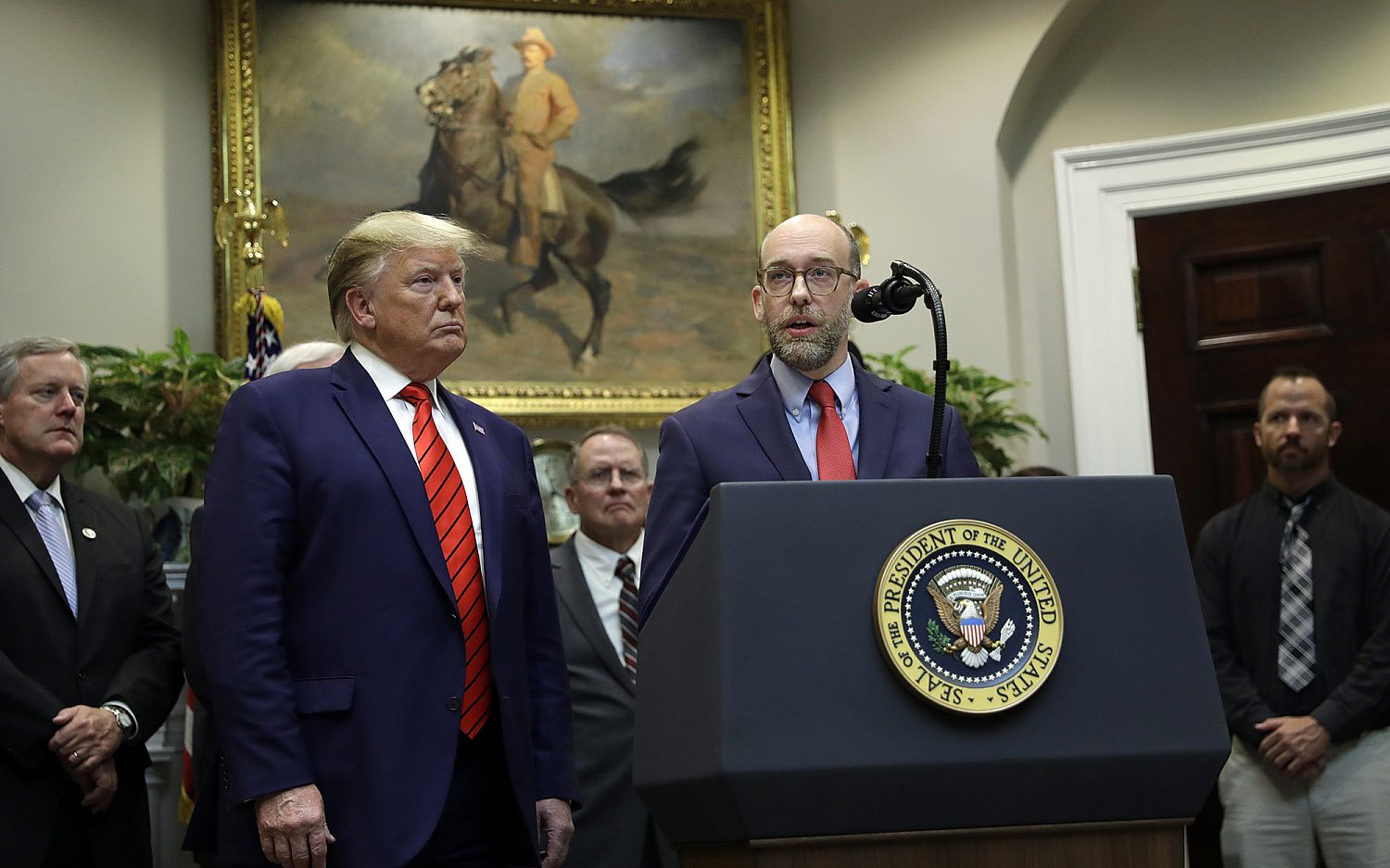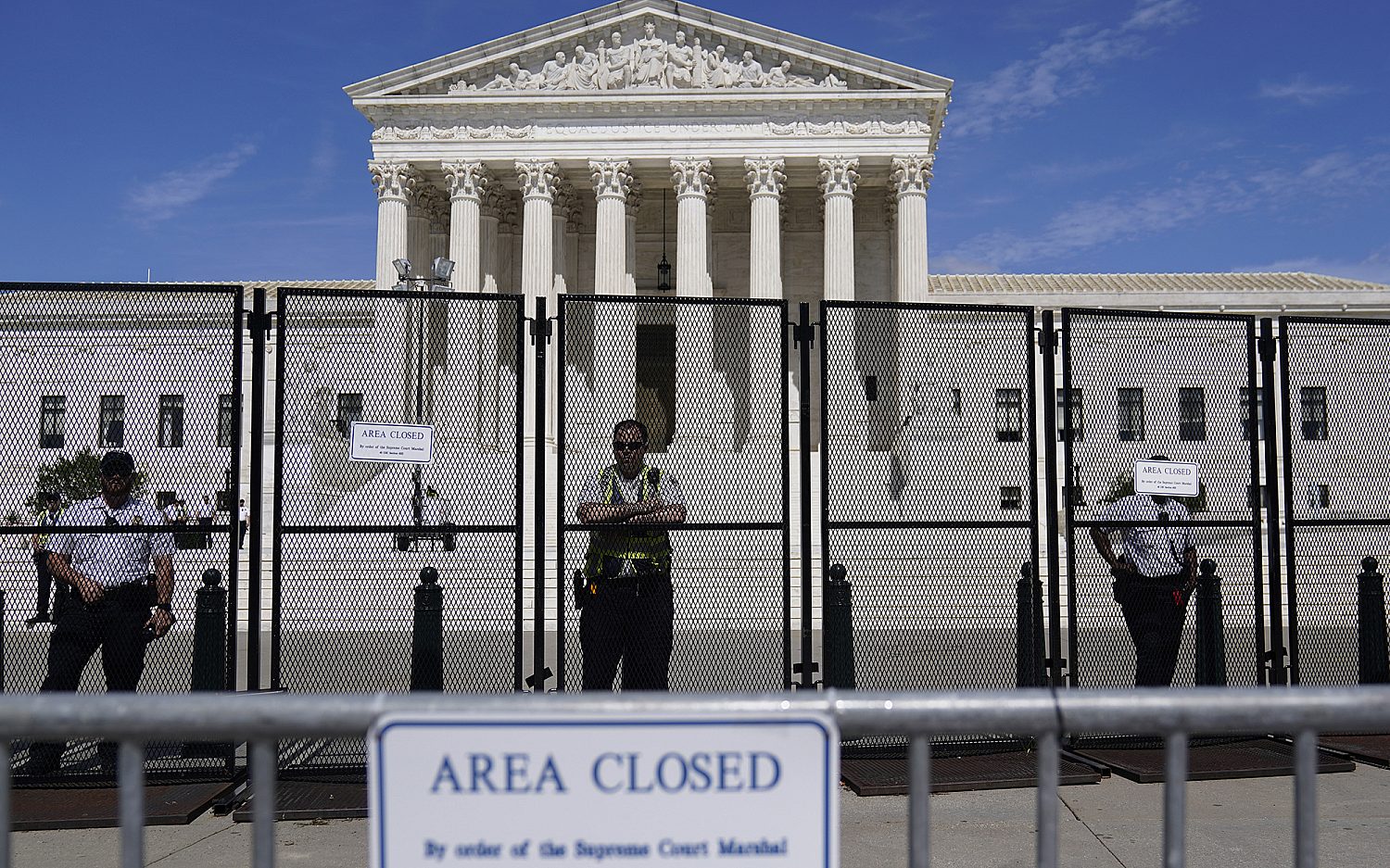Homelessness remains a problem for former foster care youth
John Callis spent two periods in foster care—when he was a baby until he was adopted at age 3 and when he was 14 and “uncontrollable.” He received a diagnosis of bipolar disorder and his strict adoptive father, a Marine, “didn’t want me home and it hurt … ’cause I loved my dad,” he said.
Callis, now 52, became a ward of the state, living in group homes until he turned 18 and aged out of the system. That was 34 years ago. Since then, he has moved often and had trouble keeping jobs. He currently lives in his car.
Callis’ experience is common for those who age out of the foster care system. A University of Chicago survey of former foster youth found half unemployed and one-quarter homeless by the time they were in their early 20s. Eight in 10 had been arrested, 6 in 10 had been convicted of a crime, and 3 in 4 young women had been pregnant. Last year, 28,000 young people nationwide aged out of the system, according to the federal department of Housing and Urban Development.
Policymakers have long understood the connection between foster care and homelessness and other issues. In 1999, the United States enacted the Chafee Foster Care Independence Act, which raised the emancipation age for young people in the system to 21 and provided funds to help them make the transition to adulthood. But the Jim Casey Youth Initiative says the law unrealistically emphasized “making young people in foster care ‘independent’ at an age when few young people in the general United States population have even the rudimentary skills to survive wholly on their own.”
Some churches and charitable groups have recognized the problem and are working to forge long-lasting relationships between foster system graduates and adult mentors—but it’s hard.
Callis first came to the Springfield Christian Foundation, a Missouri nonprofit organization with thrift stores and housing for men, 34 years ago. He credits director Price Brown with giving him a bed, providing him a job, and leading him to Christ. But despite that help, Callis has had trouble escaping homelessness. Brown describes Callis as a hard worker who doesn’t plan for his future.
Callis stands out in a room full of homeless men waiting for chapel and dinner at the foundation. Although his unkempt gray hair is long, his face is clean shaven and his mustache trimmed. He wears a clean Ohio State Buckeye sweatshirt and faded jeans. He could use a mentor—but Johnny McNeil of Community Partnership of the Ozarks, who finds mentors for foster youth, says it’s hard to find enough qualified people who have interests in common with those they want to help. Trust also is a problem: Foster care graduates have trouble building relationships with the people who could help them.
An actual newsletter worth subscribing to instead of just a collection of links. —Adam
Sign up to receive The Sift email newsletter each weekday morning for the latest headlines from WORLD’s breaking news team.




Please wait while we load the latest comments...
Comments
Please register, subscribe, or log in to comment on this article.